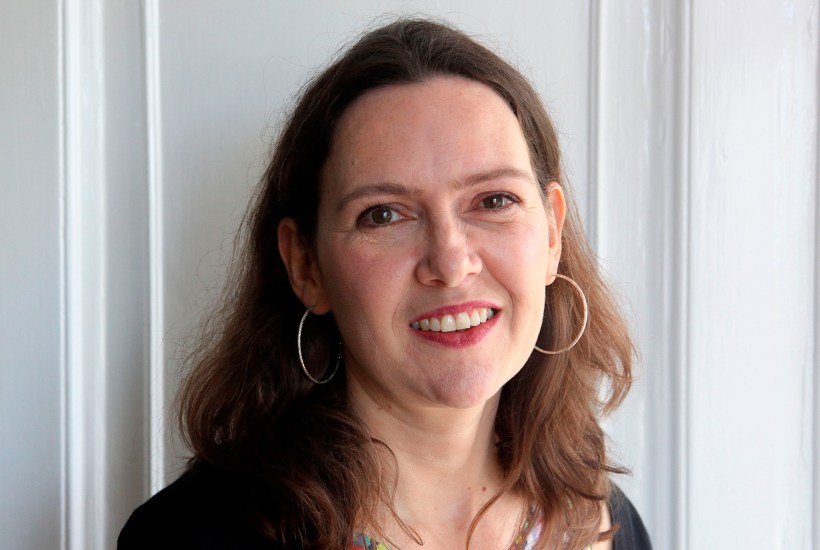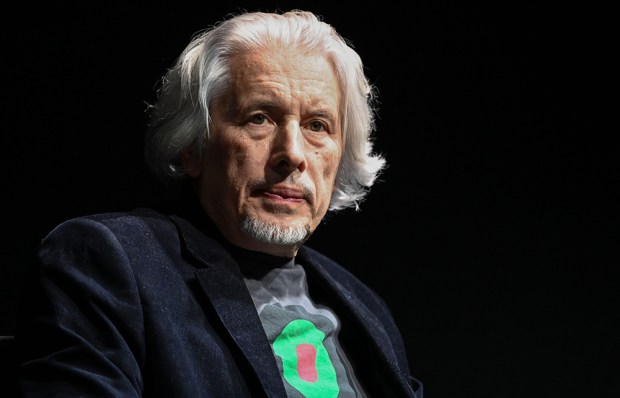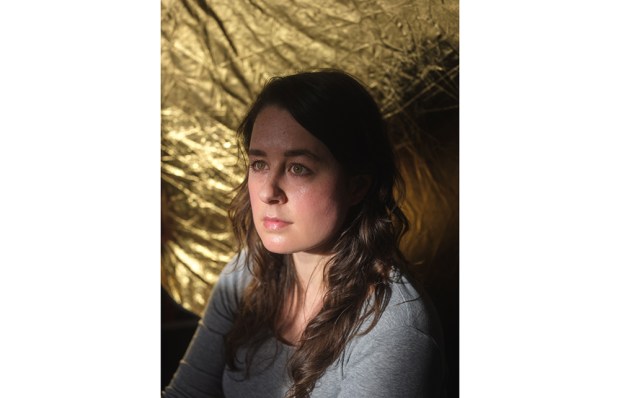Beth, the protagonist of Joanna Briscoe’s The Seduction, reminded me of Clare in Tessa Hadley’s debut, Accidents in the Home. Both are domesticated mavericks with a reluctantly wandering eye: frustrated mothers looking for lovers to mirror their dormant wildness back at them.
The fact that Briscoe’s work feels familiar — sharing the same bohemian preoccupations with adultery, motherhood and quirky interiors as other purveyors of the unfairly maligned Hampstead novel — is no bad thing. The author has a fine eye for aesthetic detail and an even finer one for parental relationships. The star of the show is not actually Beth’s love life, but her heart-breaking attempts to revive her relationship with her daughter.
Beth is a successful artist with a devoted husband, Sol, a 13-year-old daughter, Fern, and a dark history of maternal abandonment that she has never properly processed. ‘Many things, after all, were not quite right.’ Their Camden house is a ‘tumbledown haven’ with upstairs rooms that
quivered with water and sky… She sometimes put her head out of a window there, trying to imbibe the elements, to fly away to a new land, and sex, and extremes: a wilder life.
When the cause of Beth’s childhood trauma reappears, and when Fern starts pulling away at the precise age Beth herself was abandoned, Sol urges her to seek therapy. Unfortunately, Dr Tamara Bywater will create more problems than she solves.
Briscoe has written about plenty of transgressive relationships, but this is seduction of the most insidious kind. At first, Bywater is astute, helpful and professionally reserved, but gradually boundaries are crossed. Beth devises ‘entertaining phrases she could use the following week, clothes she could combine… with Dr Bywater she felt instantly more attractive’.
The illicitness of the strictly forbidden therapist-patient relationship appeals to Beth’s hunger for middle-aged thrills. But Bywater transforms from a buttoned-up professional with a gentle nature to an inconstant suitor who toys with Beth’s affections. I found the evolution a little abrupt and Beth’s willingness to risk all for someone so questionable increasingly hard to swallow.
What fascinated me far more was Beth’s relationship with Fern, who starts calling her mother’s mannerisms disgusting, even while Beth lingers lovingly over her ‘fetishistic hoarding of tissues’ in the way that only a parent can. Beth breathes in Fern’s scent, whispers ‘I love you’ through the dark, and flinches when wounds are inflicted with casual teenage viciousness. Briscoe has an ear for teen speak: ‘Just leave me alone. You are honestly crazy? God. Get a life.’ The setting may be bourgeois but the beautifully observed familial pains are universal.
Got something to add? Join the discussion and comment below.
Get 10 issues for just $10
Subscribe to The Spectator Australia today for the next 10 magazine issues, plus full online access, for just $10.
You might disagree with half of it, but you’ll enjoy reading all of it. Try your first month for free, then just $2 a week for the remainder of your first year.














Comments
Don't miss out
Join the conversation with other Spectator Australia readers. Subscribe to leave a comment.
SUBSCRIBEAlready a subscriber? Log in